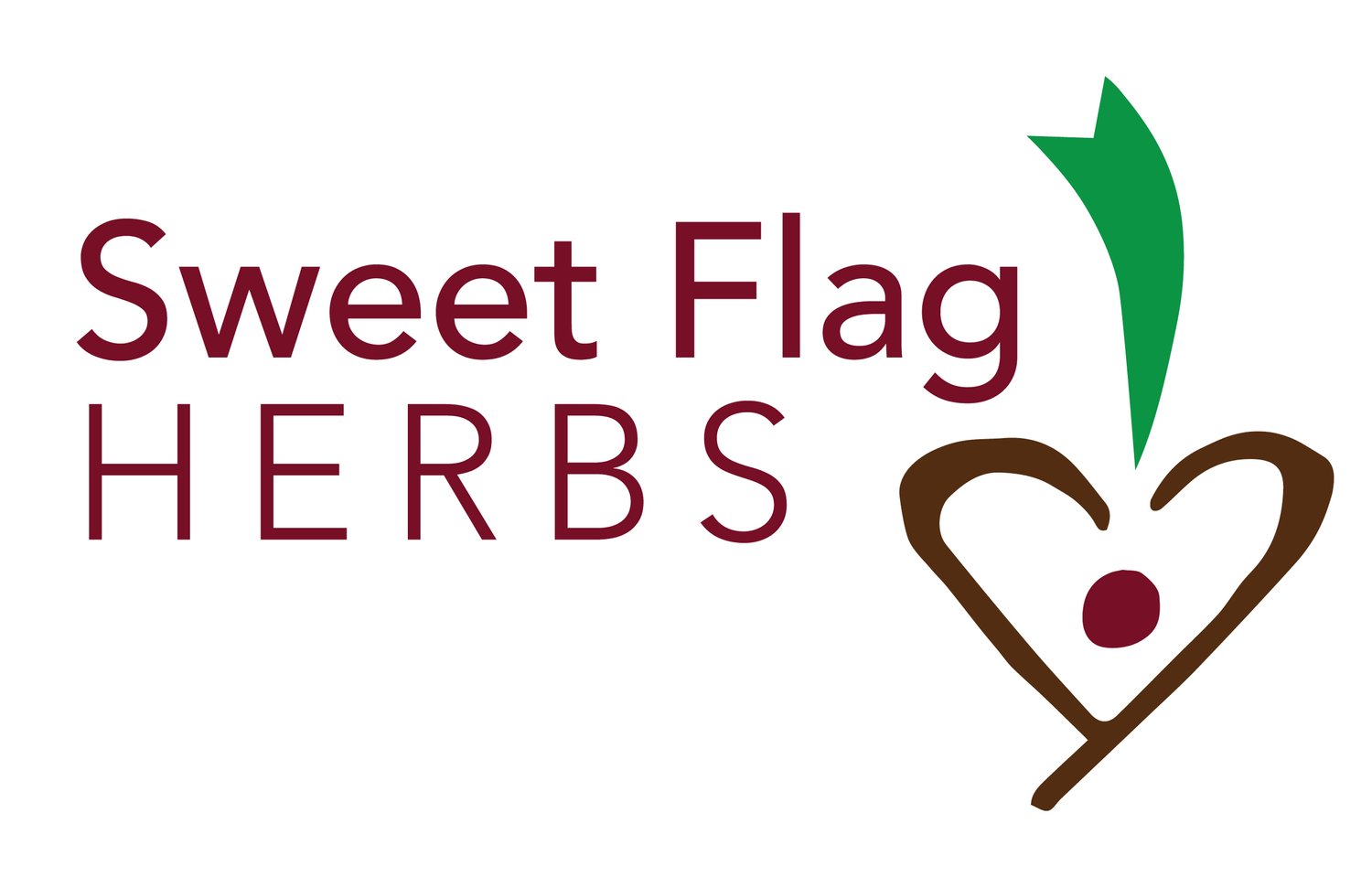Nettle: Soothing What ‘Urts Ya
Thanks to Lewis Blake for being the first to use this pun in my presence.
My body seems to possess an On/Off switch when it comes to fresh greens. I know I'm not alone. In the winter, Patrick and I keep our apartment on the cool side, and I get out for winter hikes as much as possible. The vegetables I crave are dense, sweet roots in hot soups and stews. Give me all the baked sweet potato fries you have.
As the weather warms up, things change. I was recently sautéing veggies to go with morning eggs, and I cracked open a box of baby kale, chard, and mizuna to throw in. The first handful of greens went into my mouth- and the switch was flipped. All of the greens went straight into my mouth. I felt like cookie monster, with kale stems stuck in my teeth instead of chocolate chips.
Those who have experienced nettle's sting first-hand (Urtica dioica) may be surprised to learn what a delicious, tender edible green it is. Its stinging hairs contain formic acid--the same chemical that gives fire ants a dreadful reputation. Its botanical name Urtica comes from a latin word meaning "sting" or "burn." However, when the plant is cooked, dried, crushed, or massaged with dressing--anything to damage the hairs--the sting disappears. Now you have one of the most vitamin-, mineral-, and chlorophyll-rich greens out there. I prefer the flavor of nettle over spinach, and it is far more nutritious.
Image: toothy, bright-green stinging nettle leaf.
History & Use
Nettle has been used for food, medicine, and fiber for thousands of years. During World War I, the German Empire used nettle fiber to make uniforms in the wake of a cotton shortage. German uniforms examined by the Allies were about 85% nettle fiber. During WWII, the British government requested the harvest of 100 tons of nettle; the chlorophyll-rich plant was used to dye uniforms for camouflage (Vance).
It can be overwhelming to summarize nettle's medicinal uses. Herb books often give a laundry list; Hippocrates and his students noted 61 different uses (Vance). This is partly due to the incredible nutrition offered by this plant. Its magnesium may relieve cramps, and adequate nutrition in general may lift fatigue, strengthen bones and hair, and improve breast milk flow.
Many of nettle's uses have stood the test of time. Galen recommended nettle to support menstruation in the second century. From ancient Egypt to Nicholas Culpeper's 17th-century writings, nettles was used to ease arthritis, gout, and other joint aches. Nettle is eaten or drunk for this purpose, and has also been used externally for thousands of years to relieve joint pain.
In a practice called urtication, fresh nettle stalks are brushed against the skin. The effect is similar to bee sting therapy: the sting stimulates blood flow to the area, potentially rebooting the healing process in stiff, old injuries. Though it sounds like a medieval torture method, I've noticed relief for achy joints after pressing tinctures or working in the garden. First Peoples of Ecuador, Canada, and the US reportedly employ urtication as well, and Roman soldiers are said to have brought nettle along on marches to soothe their tired legs.
Nettle is also used internally to support seasonal allergy symptoms, perhaps due to its histamine content (de la Foret). Fresh nettle is generally considered superior to dried for this purpose. Luckily, nettle is easy to grow in a moist, partly shady area.
More on Preparation
Though I love dried nettle tea, tea from fresh nettle is truly special. It has a mildly sweet flavor that reminds me of cucumber melon-scented lotion. Mineral-rich teas like nettle should be given a long steep. 4-12 hours is great; 1 hour will do. The color change over the course of a long steep hints at the superior extraction that comes to those who wait. A long steep pulls out the plant's minerals, sterols and mucilage, resulting in a dark, thick-bodied tea that soothes the throat and GI tract.
Sources:
de la Foret, Rosalee. Alchemy of Herbs.
Vance, Kassie. "History of Stinging Nettle." Dr. Christopher's Herbal Legacy.
Image: Stinging nettle leaf profile. Showing its best side.


